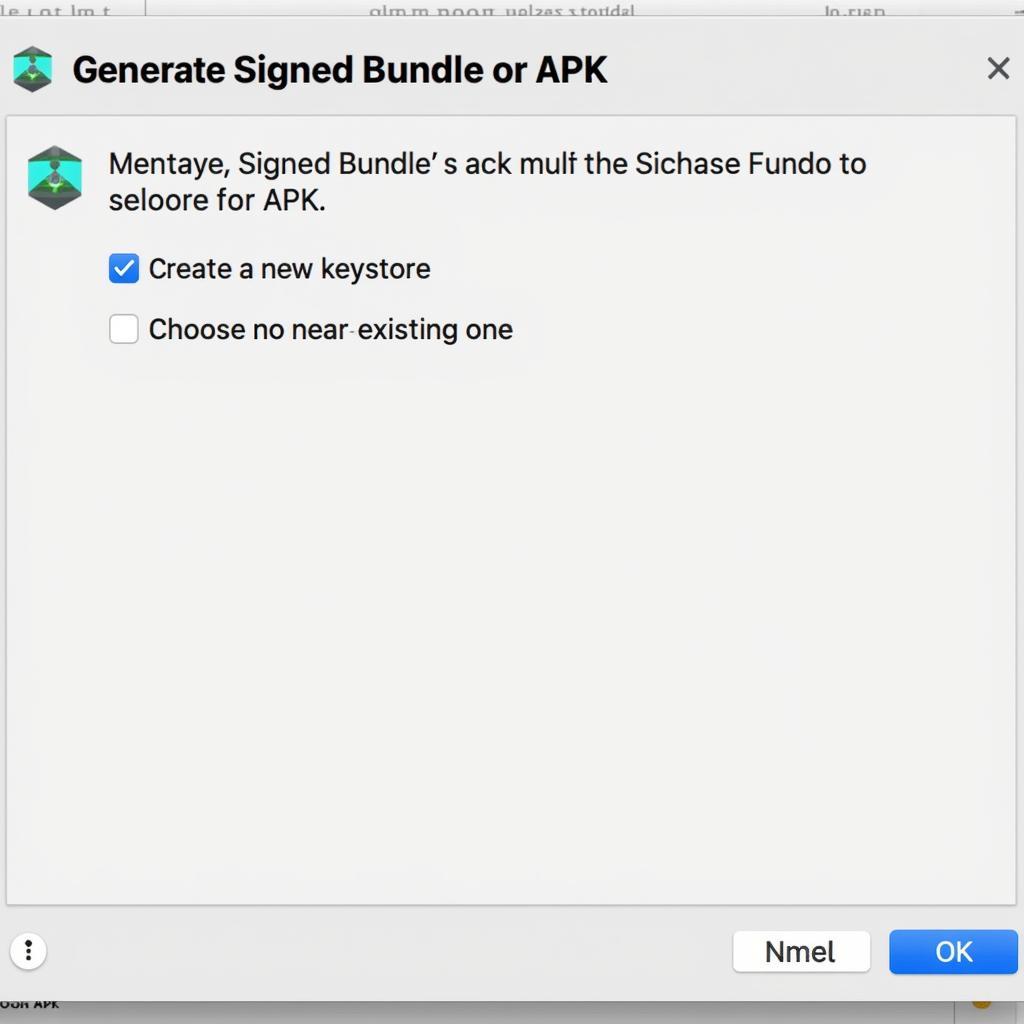Creating an update APK (Android Package Kit) file is essential for developers who want to release new versions of their Android applications. This process involves packaging updated code, resources, and assets into a single file that users can easily download and install on their devices. In this comprehensive guide, we will walk you through the steps involved in creating an update APK file, ensuring a seamless update experience for your users.
Understanding the Basics of APK Files
Before we delve into the creation process, let’s briefly understand what APK files are. An APK file is the installation package format used by the Android operating system for distribution and installation of mobile apps and middleware. Just like Windows (PC) systems use an .exe file for installing software, APK does the same for Android.
Why Update Your APK?
Regular updates are crucial for the success of any Android app. They allow you to:
- Fix bugs and improve performance: Address any issues identified in the previous version of your app, improving its stability and speed.
- Add new features and functionality: Enhance your app’s capabilities and provide users with a richer experience.
- Address security vulnerabilities: Protect your users’ data by patching any security loopholes that may have been discovered.
- Improve user interface and user experience: Make your app more visually appealing and intuitive to use.
- Ensure compatibility with the latest Android versions and devices: Keep your app relevant and accessible to a wider audience.
Prerequisites for Creating an Update APK
Before you begin the process, make sure you have the following:
- Android Studio: The official integrated development environment (IDE) for Android app development.
- The latest version of your app’s source code: Ensure that your codebase includes all the latest changes and updates.
- A digital keystore: Used to sign your APK file, ensuring its authenticity and integrity.
Step-by-Step Guide to Creating an Update APK
Follow these steps to create an update APK file for your Android app:
-
Open Your Project in Android Studio: Launch Android Studio and open the project of the app you want to update.
-
Make the Necessary Changes: Implement the desired updates to your app’s code, resources, or assets.
-
Update the Version Code and Version Name:
- Version Code: An integer value that represents the version of your app. This value should be incremented with each update, even for minor changes.
- Version Name: A string value that is displayed to users. This value can be a more user-friendly representation of the version, such as “1.2.3”.
android { defaultConfig { ... versionCode 2 versionName "1.1" } } -
Clean and Rebuild Your Project: This step ensures that all the changes you made are compiled and packaged correctly.
- Go to Build > Clean Project.
- After the clean operation is complete, go to Build > Rebuild Project.
-
Generate a Signed APK: A signed APK is essential for distributing your app on the Google Play Store or other app distribution platforms.
- Go to Build > Generate Signed Bundle / APK.
- Select APK and click Next.
- If you have an existing keystore, select Choose existing… and browse to its location. Otherwise, select Create new… to create a new keystore.
- Fill in the required information, such as the keystore password, key alias, and key password.
- Choose a destination folder for your APK file and click Finish.
 Generating a Signed APK
Generating a Signed APK -
Distribute Your Update APK: Once the APK generation process is complete, you can distribute the update to your users through various channels, such as:
- Google Play Store: The most common way to distribute Android apps.
- Third-party app stores: Alternatives to the Google Play Store.
- Direct distribution: Provide the APK file on your website or through other means.
 Distributing the Update APK
Distributing the Update APK
Best Practices for Creating Update APK Files
To ensure a smooth update experience for your users, consider the following best practices:
- Test Thoroughly: Before releasing any update, rigorously test it on different devices and Android versions to identify and fix any potential issues.
- Communicate Clearly: Provide users with clear and concise release notes that highlight the changes made in each update.
- Roll Out Gradually: Instead of releasing an update to all users at once, consider a staged rollout to monitor for any unforeseen problems.
- Provide Feedback Mechanisms: Encourage users to provide feedback on the update, allowing you to identify areas for further improvement.
Conclusion
Creating an update APK file is an essential process in Android app development, allowing you to provide users with the latest improvements, features, and security patches. By following the steps outlined in this guide and adhering to best practices, you can ensure a seamless and positive update experience for your users. If you need assistance, our dedicated support team is available 24/7. Contact us via phone: 0977693168, email: [email protected], or visit our office at 219 Đồng Đăng, Việt Hưng, Hạ Long, Quảng Ninh 200000, Việt Nam.